Food and drink we love named after real people
The faces behind the foods
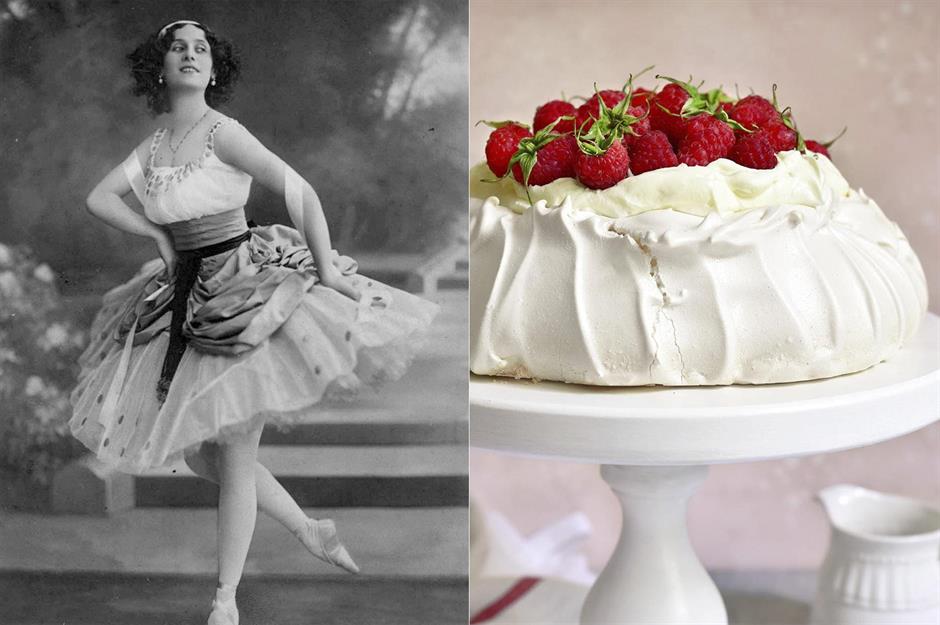
Sandwich

The popularity of the sandwich is attributed to 18th-century John Montagu, the 4th Earl Sandwich. It’s said he asked to be served meat between two slices of bread so he could continue working or – as some historians believe – carry on gambling. The versatile snack caught on and has been a lunchtime staple since.
Nachos
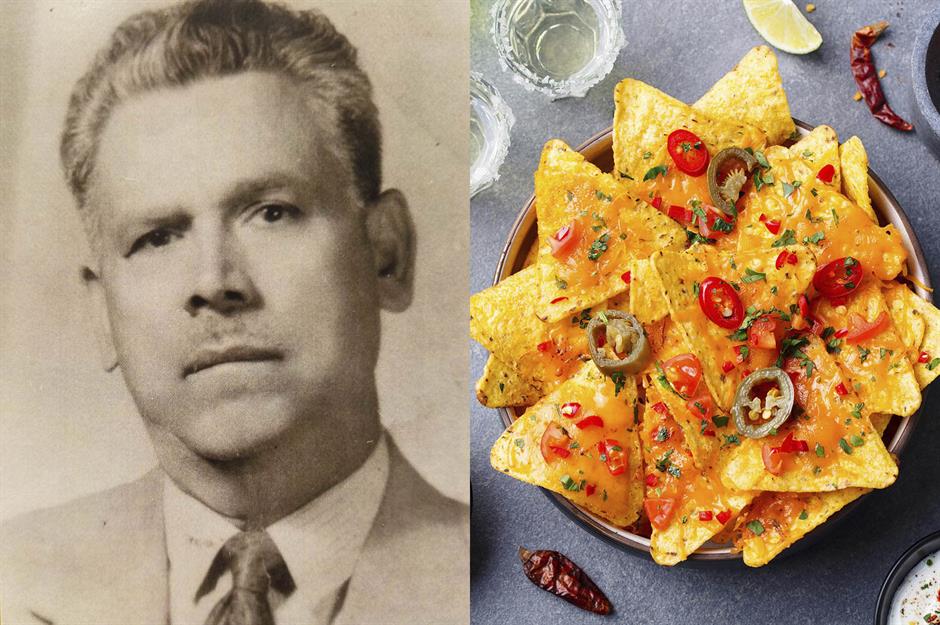
This moreish Tex-Mex dish is named after resourceful maître d’ Ignacio Anaya, whose nickname was Nacho. He's thought to have invented the dish when he prepared tortilla chips covered in melted cheese and jalapeños (using kitchen leftovers) for a group of hungry US military wives at a restaurant on the Texas border in the 1940s.
Dom Pérignon
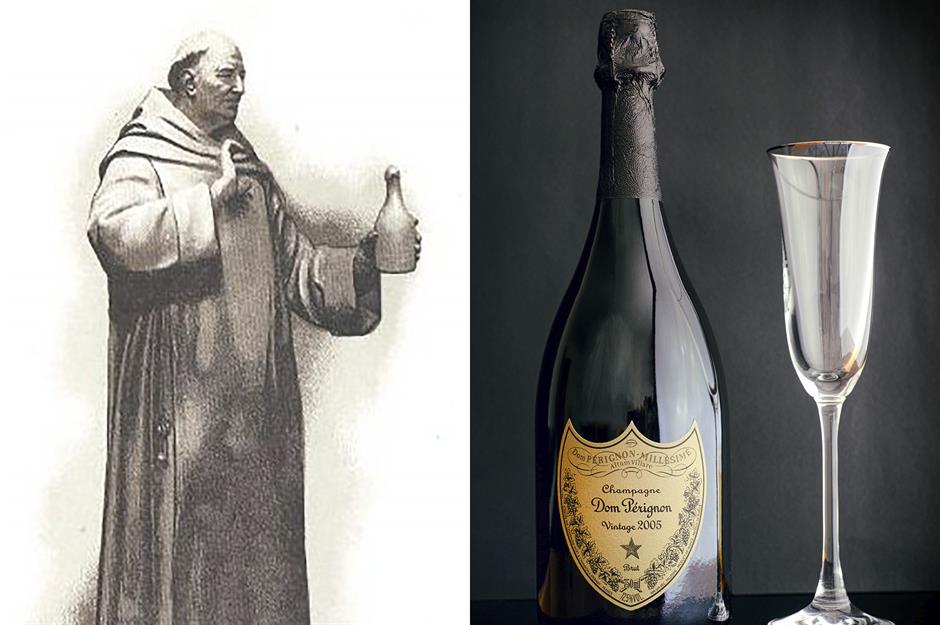
It’s one of life’s ironies that this luxurious drink is named after a Benedictine monk. Moët & Chandon’s celebrated fizz is so called in recognition of the work of 17th-century Dom Pierre Pérignon, who is credited with making essential contributions to the quality of Champagne (though he didn’t actually invent it).
Kung Pao chicken
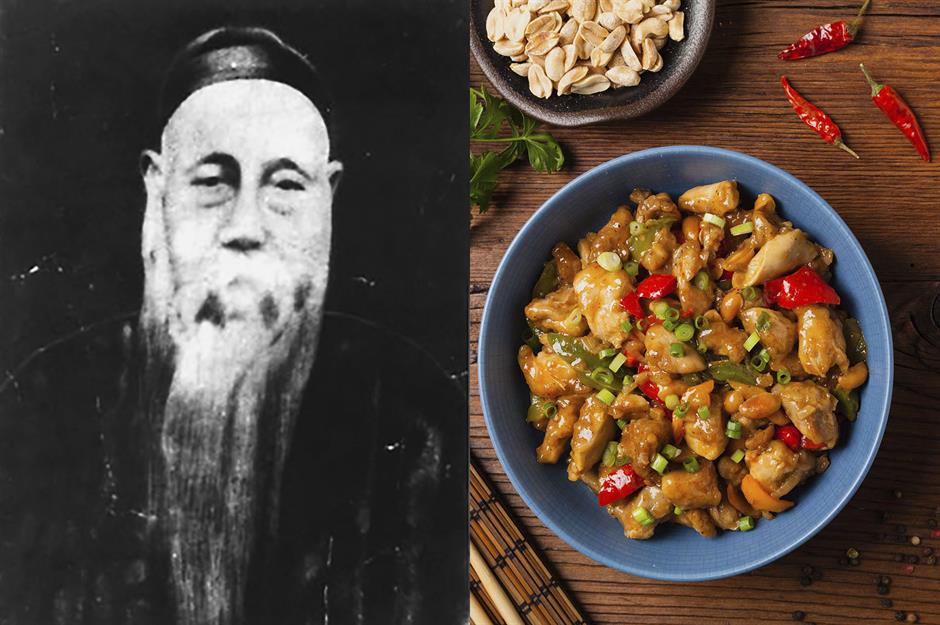
Ding Baozhen, a 19th-century Qing Dynasty official and governor of Sichuan Province, is the man who inspired this dish. The title derives from ‘Gong Bao’ which translates as ‘Palace Guardian’, his official title. The sweet and spicy stir-fried chicken and peanut dish, flavoured with chillies and Sichuan peppercorns, is said to have been a personal favourite.
Cherry Garcia ice cream
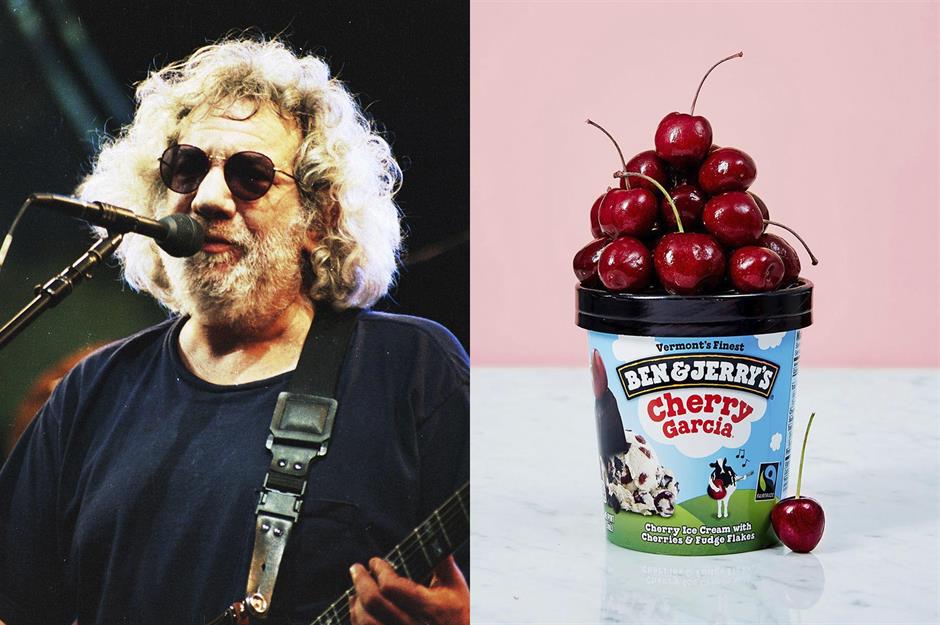
Ben & Jerry’s iconic cherry and fudge ice cream pays homage to Jerry Garcia, lead guitarist of the Grateful Dead. The gastronomic namecheck for the rock legend was actually suggested by a B&J customer who was a fan of the band.
Reuben sandwich
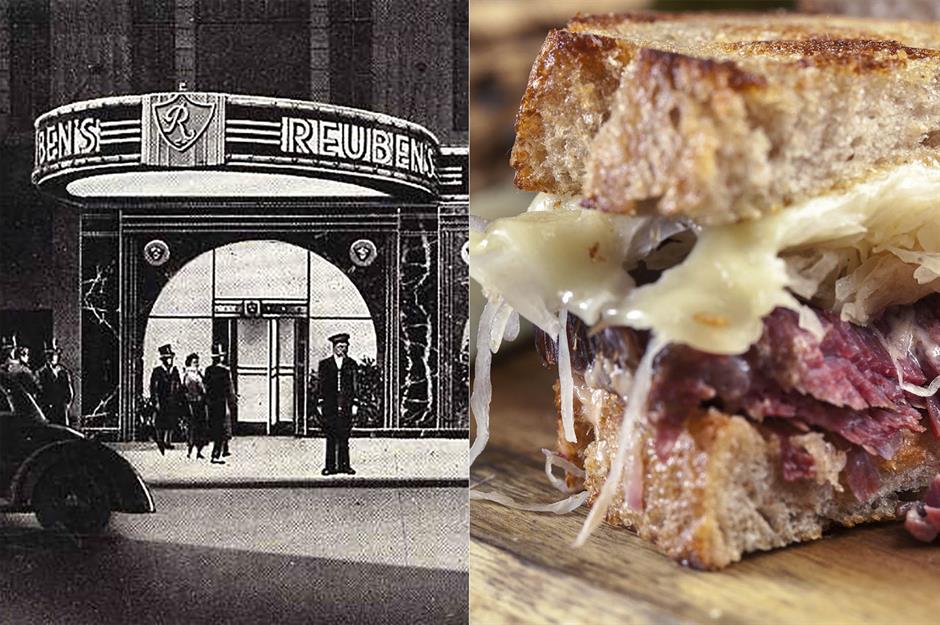
Appearing on menus in the early 20th century, this corned beef, Swiss cheese, sauerkraut, Russian dressing and rye bread grilled sandwich is named after Reuben, but which Reuben remains disputed. There's Arnold Reuben, the Jewish owner of Reuben’s Delicatessen, New York (pictured). However, Omaha residents believe it was invented by chef Bernard Schimmel for poker player Reuben Kulakofsky at the local Blackstone Hotel.
Beef Wellington
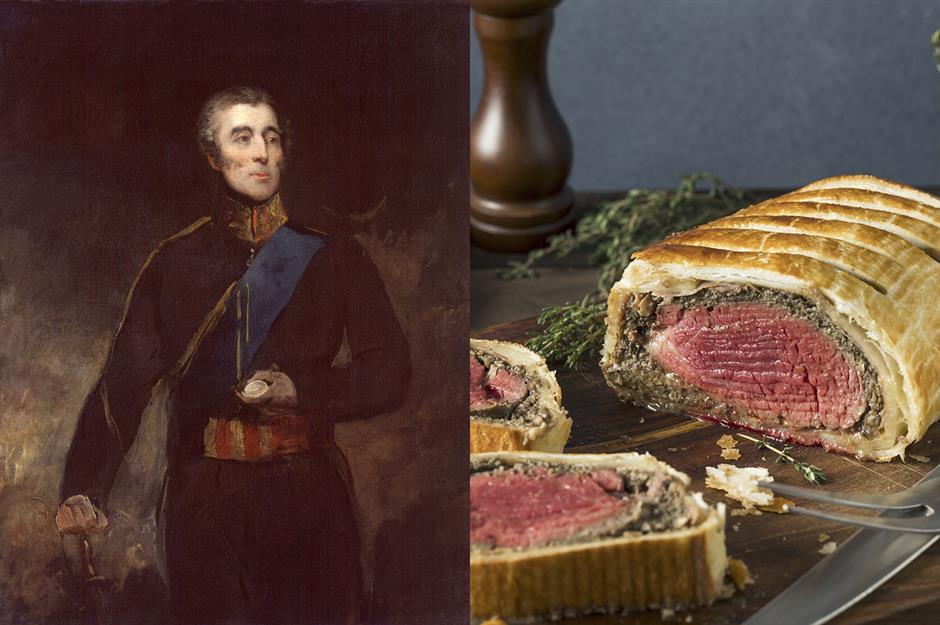
In the 1960s, beef Wellington was a popular choice on menus. While it’s named after the Duke of Wellington, a British military hero who defeated Napoleon at the Battle of Waterloo in 1815, the dish of meat wrapped in pastry – or an earlier example of it – was already commonplace. Its Duke-inspired name seems to have been added later.
Bellini
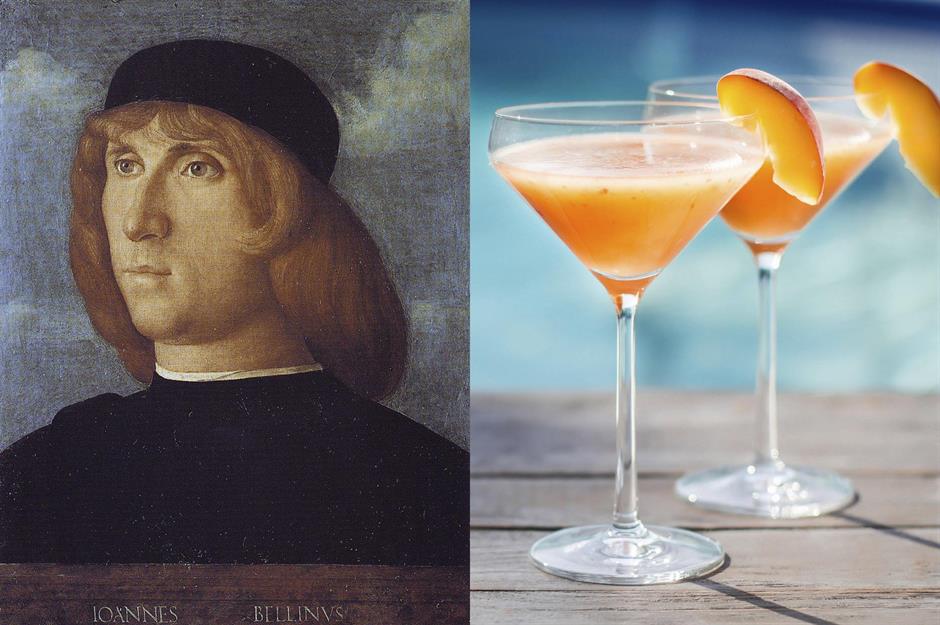
This classic Italian cocktail of peach purée and prosecco is intrinsically linked to the legendary Harry’s Bar in Venice, where it was created. The peachy-pink colour reminded the owner, Giuseppe Cipriani, of a hue used in a 15th-century painting by Giovanni Bellini.
Carpaccio
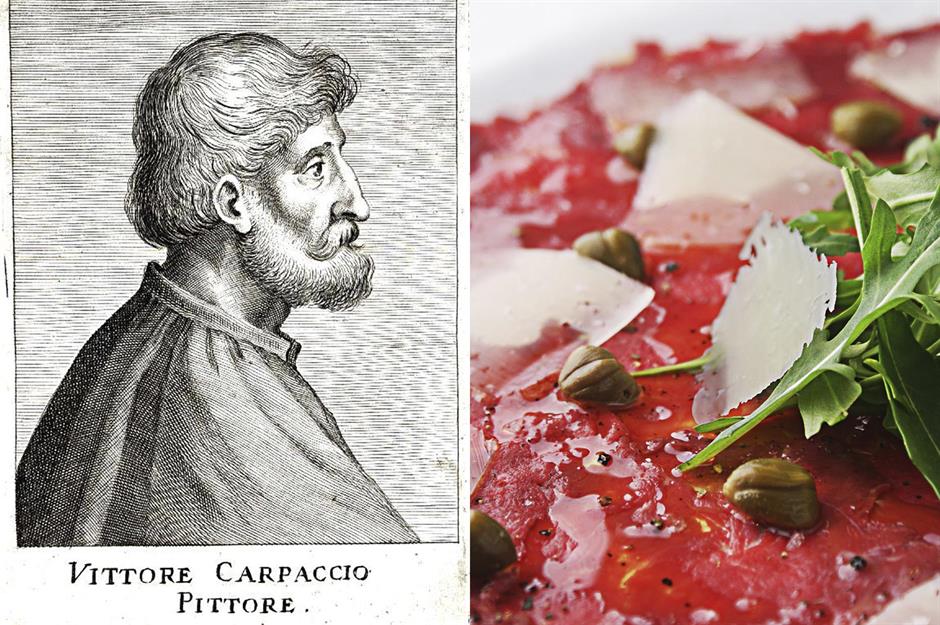
Found on Italian restaurant menus, carpaccio is thinly-sliced raw beef drizzled in dressing. Like the bellini, we have Giuseppe Cipriani, the owner of Harry’s Bar in Venice, to thank for its creation. The dish was named after another famous painter – in this case, 15th-century Vittore Carpaccio.
General Tso’s chicken
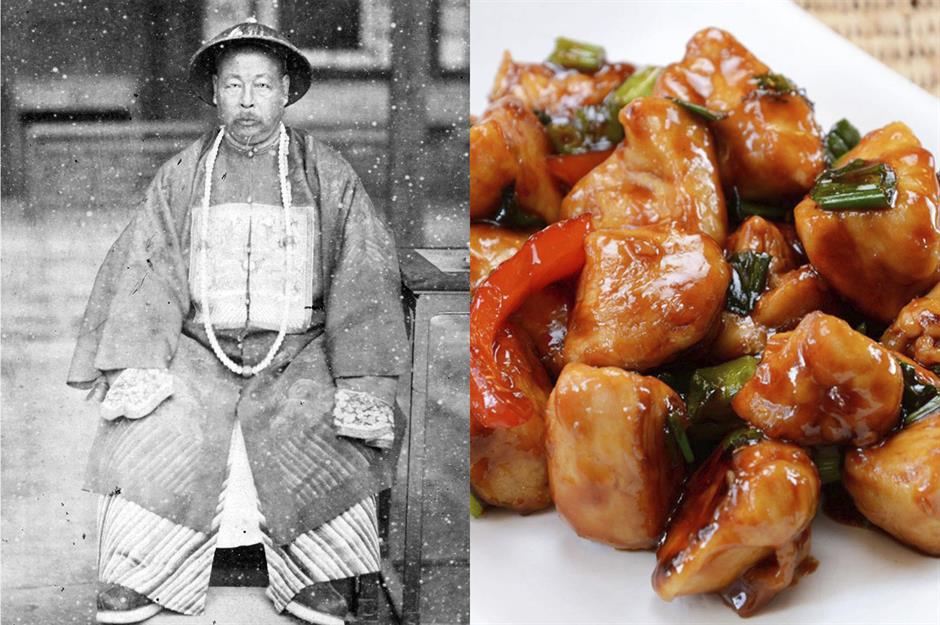
A Hunanese dish adapted to suit Western tastes, General Tso’s chicken has become a staple at Chinese-American restaurants since it arrived in New York in the 1970s. The crispy, sweet and saucy stir-fry was named after 19th-century military leader Zuo Zongtang, which used to be anglicised to Tso Tsung-t'ang.
Graham crackers
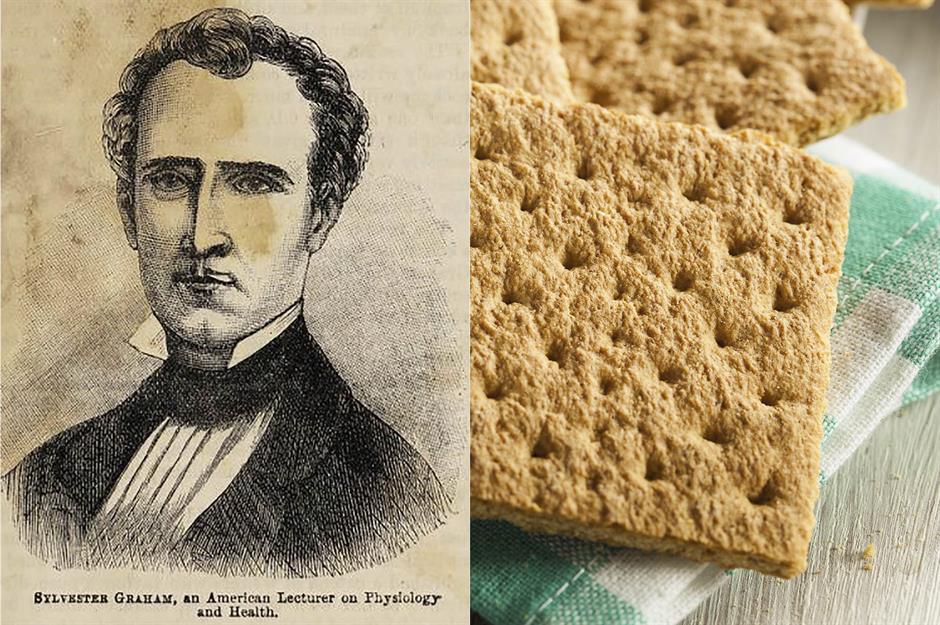
It was a man of God, no less, who encouraged the consumption of the fibre-rich crackers that carry his name. The Reverend Sylvester Graham was a 19th-century Presbyterian minister and advocate of the temperance movement. He believed the plain, grain-based biscuit to make people more wholesome and avoid giving in to vices.
Discover the surprising reasons why your favourite foods were invented
Lamington
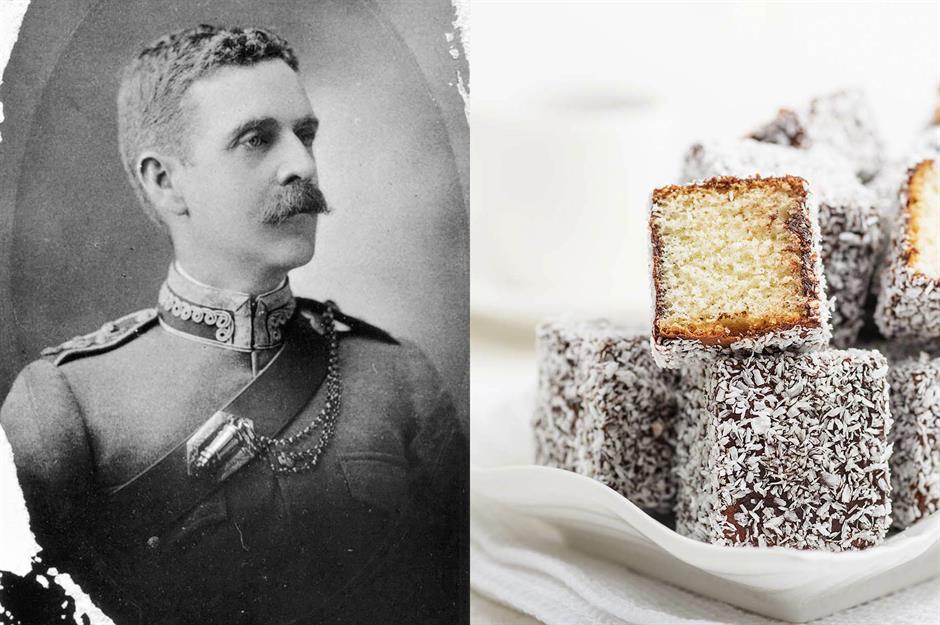
A lamington is an Australian speciality of sponge cake covered in chocolate and dusted in desiccated coconut – and it's named after Lord Lamington, the Governor of Queensland in the late 19th century. It’s said that during a trip to New Zealand, he was quite taken by the local baked goods, including these little cakes, and brought the treat back home with him.
Victoria sponge
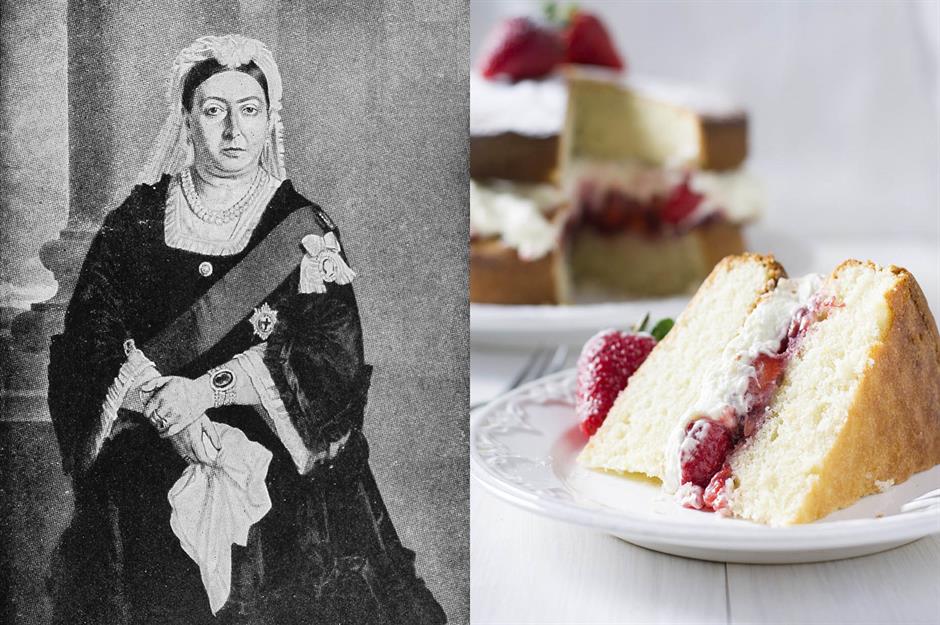
As one of the longest reigning monarchs in British history, Queen Victoria’s name has been given to many things. One of them is the Victoria sponge, a sandwich cake filled with cream and berries, which she is said to have eaten regularly with a cup of tea in the afternoon.
Beef Stroganoff
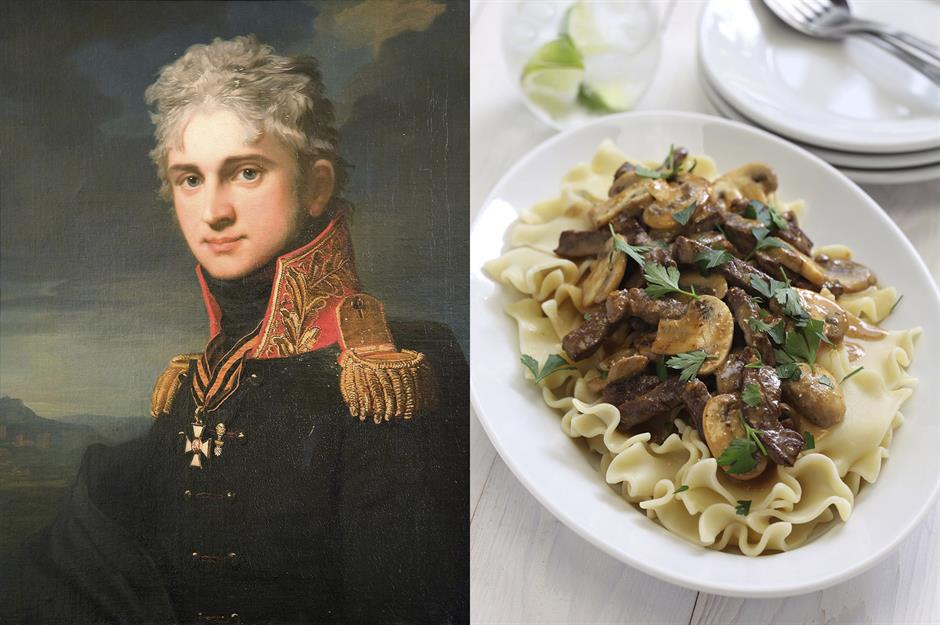
This 1950s dinner party dish of beef and mushrooms in a creamy sauce dates back to 18th-century Russia. The nobility, including Count Pavel Alexandrovich Stroganov who the dish is thought to be named after, were great fans of French cooking, and meat seasoned with mustard and served in a sour cream sauce was the ideal fusion between the two cultures.
Cappuccino
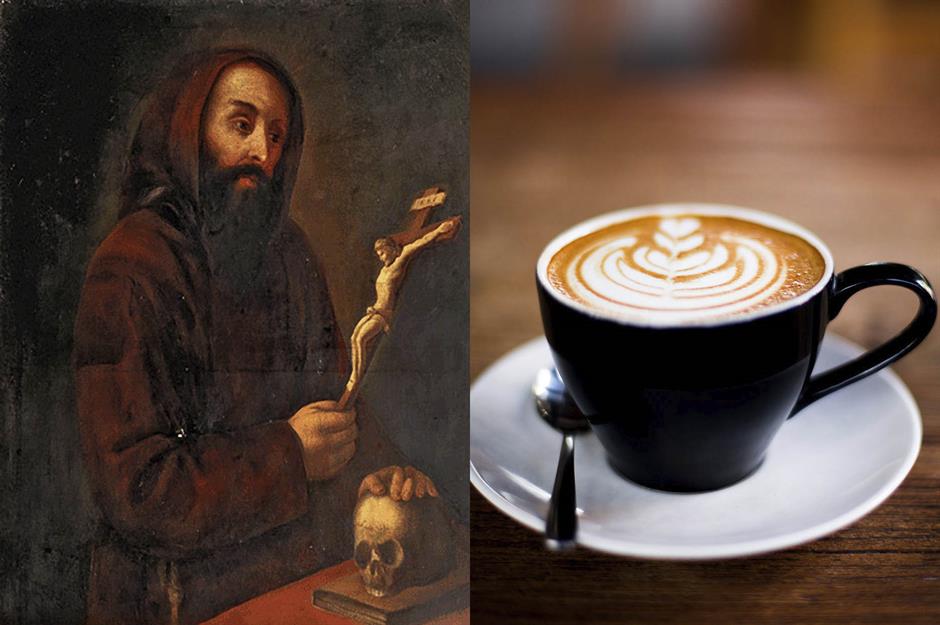
There’s not one person behind the name cappuccino but a whole order – the Capuchin friars (pictured is co-founder Matteo Bassi). The brown colour of their robes is said to have inspired coffee makers in 19th-century Vienna, where milk was first added to the drink. However, it didn’t get its signature foamy top until later, in Italy, when espresso machines were invented.
Earl Grey
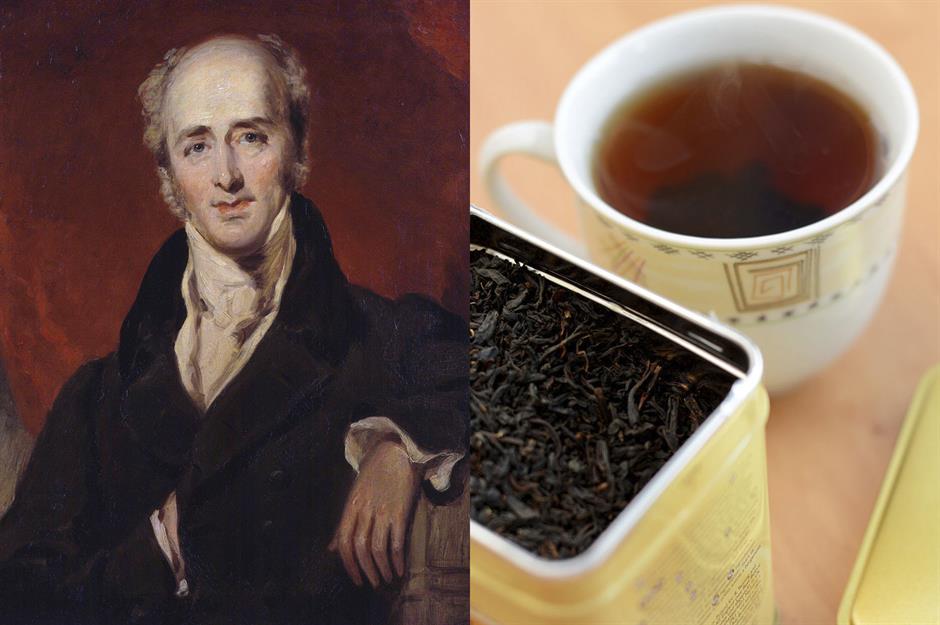
A light and fragrant black tea flavoured with citrusy bergamot oil, Earl Grey can be drunk with a dash of milk or a slice of lemon. It was named after Earl Charles Grey, the British prime minister from 1830 to 1834. The story goes he was sent the blend as a gift from a Chinese official and its popularity soon soared.
Tootsie Roll
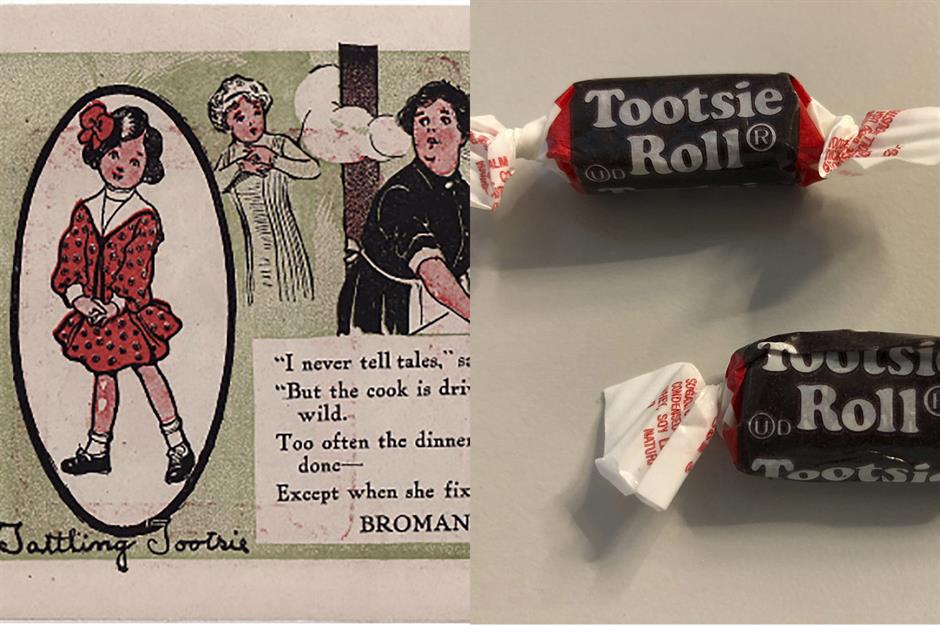
Invented by Austrian immigrant Leo Hirshfield and patented in 1908, Tootsie Rolls were named after the founder’s daughter Clara, whose nickname was Tootsie (she was also the spokesperson for the gelatine dessert Bromangelon). Years later, the hand-rolled, chocolate-flavoured taffy is still popular, however the Jell-O equivalent is long forgotten.
Caesar salad
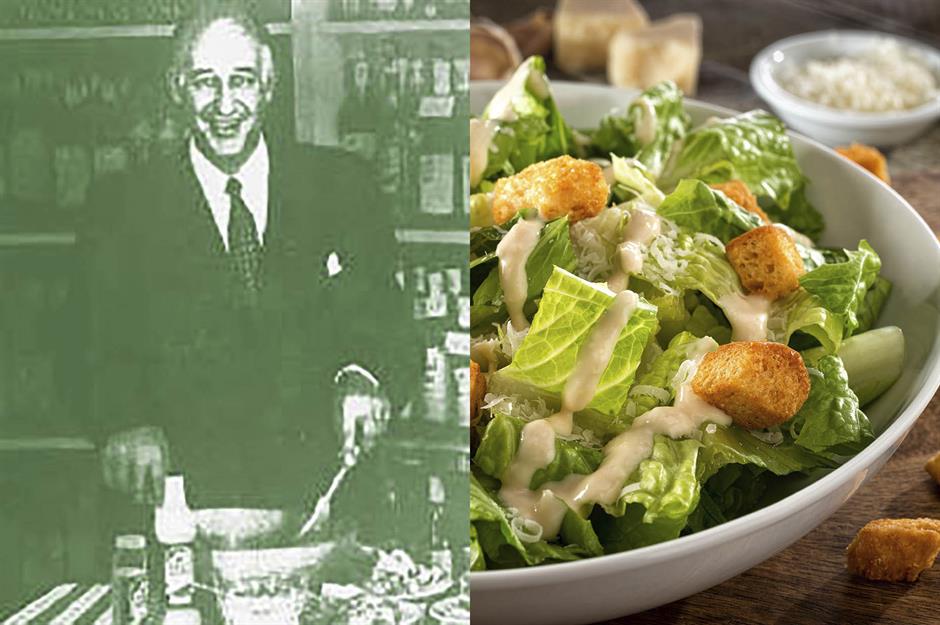
Originally called the ‘aviator salad’, this simple yet impactful dish consists of romaine lettuce tossed in a garlic, mustard, anchovy, Worcestershire sauce, egg yolk and citrus dressing, topped with Parmesan shavings and a crouton. It was created in an Italian restaurant in Tijuana, Mexico, and the dish soon became named after the spot's owner Caesar Cardini, who served it to Hollywood stars escaping Prohibition in the 1920s.
Peach Melba
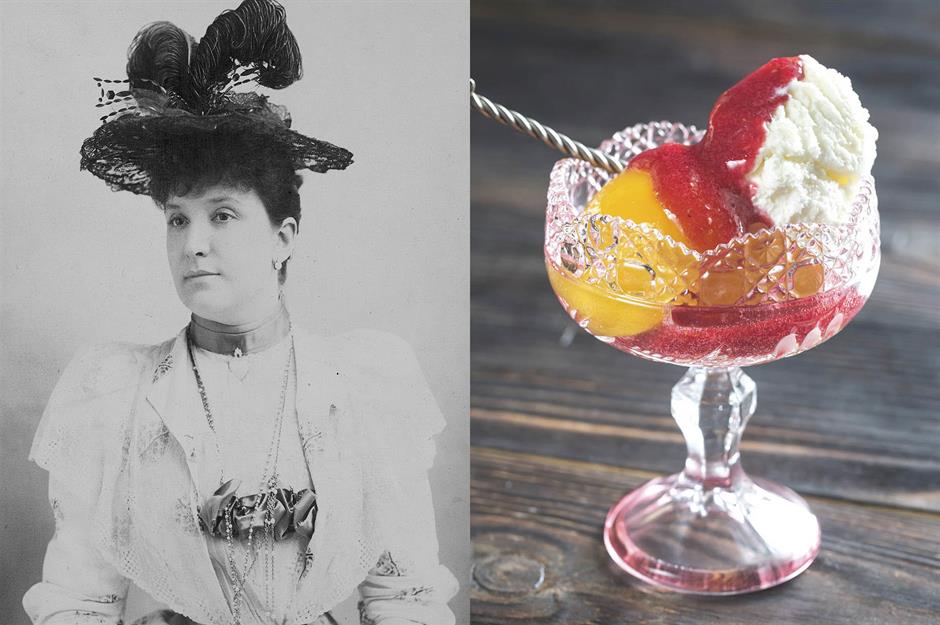
The 19th-century Australian soprano Dame Nellie Melba is the inspiration behind not one but two dishes, both created by esteemed chef Auguste Escoffier. The first is peach Melba, a dessert of peaches, vanilla ice cream and raspberry sauce created at the Savoy Hotel, London. There's also the thin, crispy toasts with the same name.
Now take a look at the retro dishes we think deserve a comeback
Martini
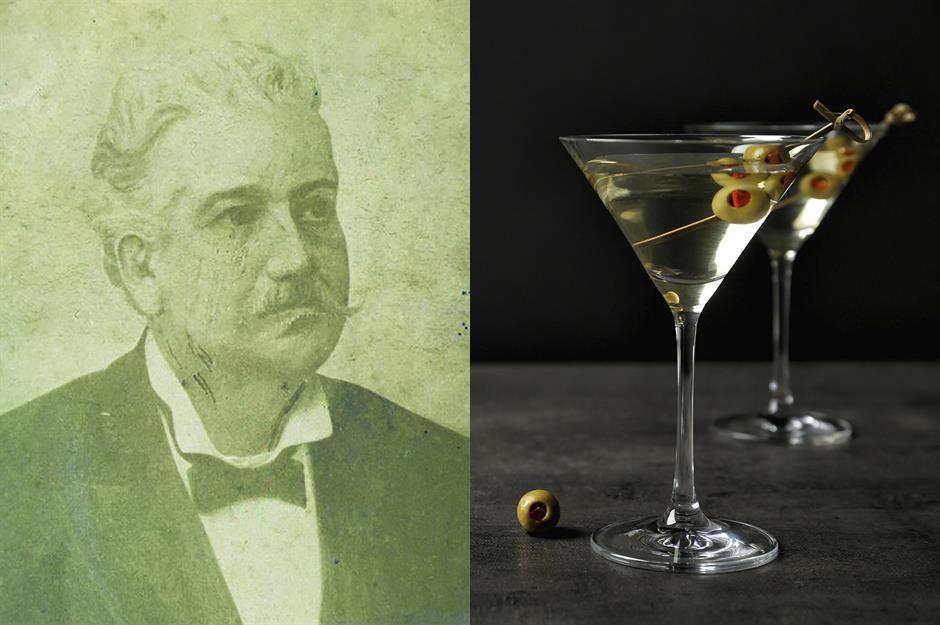
The truth behind the moniker of the world’s most sophisticated cocktail is disappointingly prosaic. The most likely reason is it was named after Alessandro Martini, one of the founders of Martini & Rossi who manufacture vermouth, a key element of the drink.
Chateaubriand
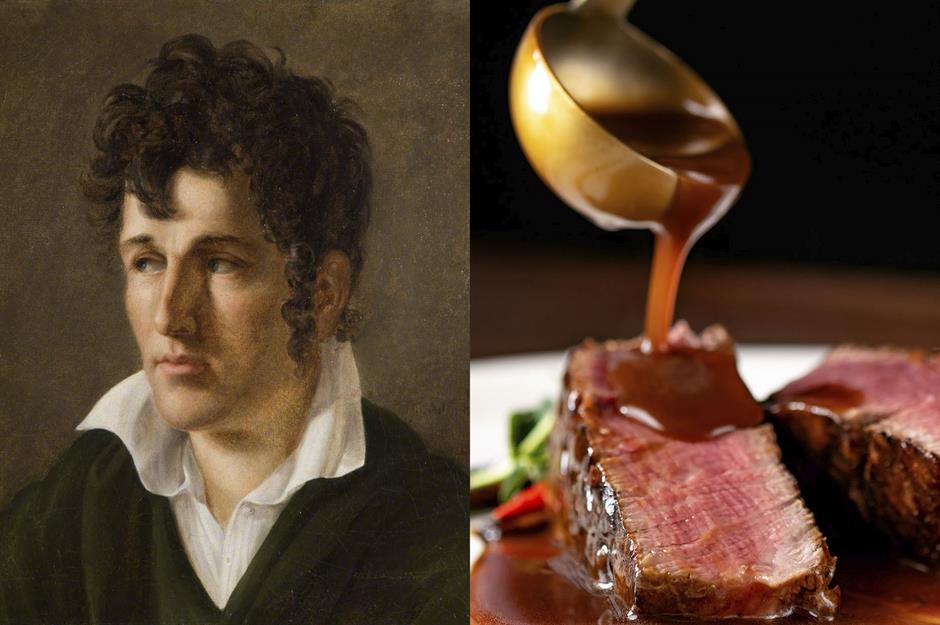
The 18th-century French aristocrat, writer, soldier and politician François-René de Chateaubriand was the inspiration behind this fancy steak dish which consists of beef tenderloin served in a butter, shallot, wine and herb sauce. It’s unclear whether it was created for him by his chef, to honour his book Itinéraire de Paris à Jérusalem or named after the family’s Châteaubriant cattle.
Kaiser rolls
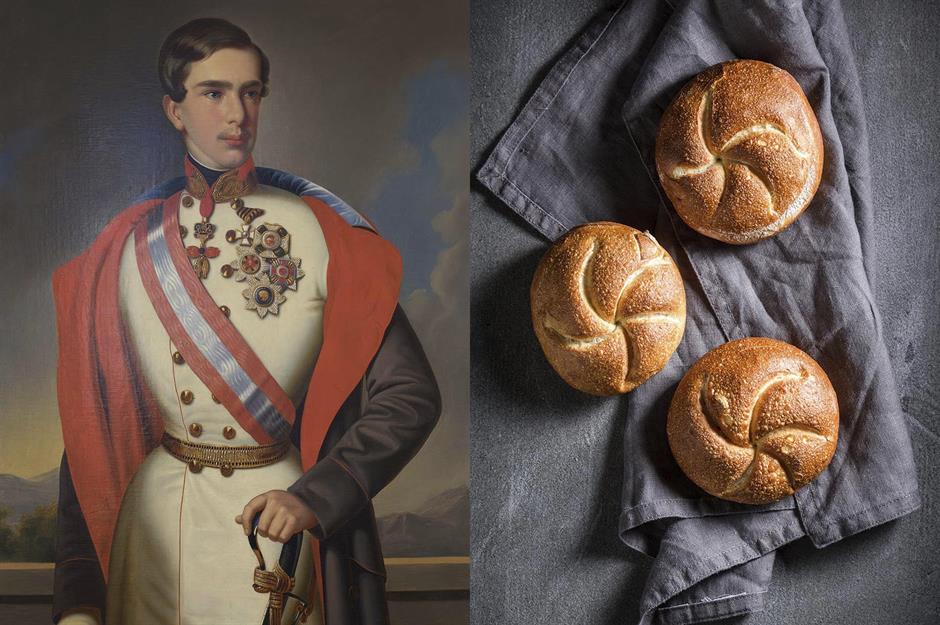
These crisp on the outside, soft on the inside bread rolls with their distinctive five-point ‘crown’ pattern are thought to be a nod to 19th-century Kaiser Franz Joseph I of Austria. Also known as Vienna rolls, they are commonly found in German and Austrian bakeries around the world.
Eggs Benedict
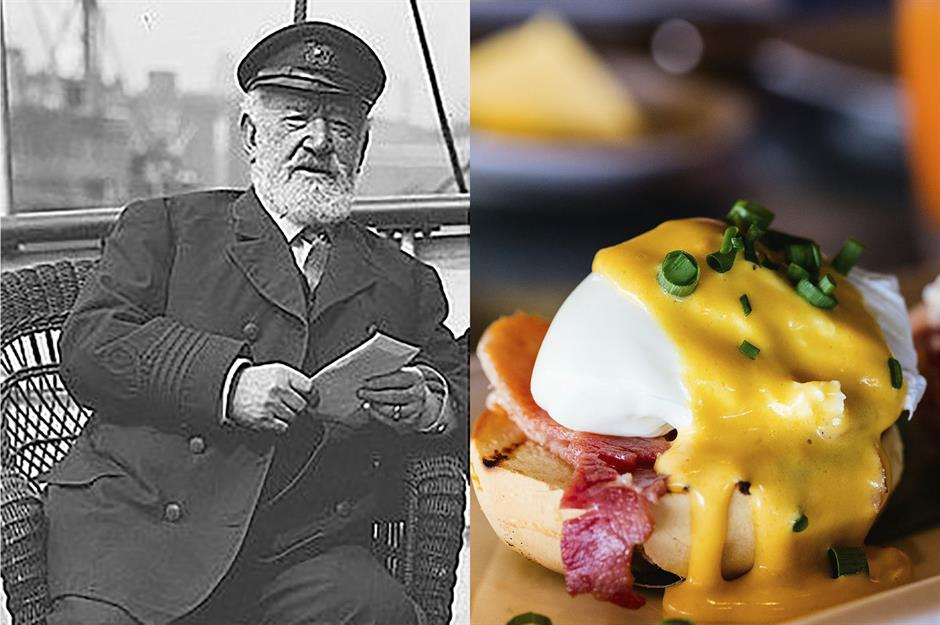
There is more than one assertion as to who inspired eggs Benedict, the dish of a toasted English muffin topped with poached eggs, bacon and hollandaise sauce. Several names – Wall Street broker Lemuel Benedict, the Le Grand Benedict family, and banker and yachtsman E.C. Benedict (pictured) – have been put forward, but it could also be an Americanised version of the French dish les œufs à la bénédictine.
Margherita pizza
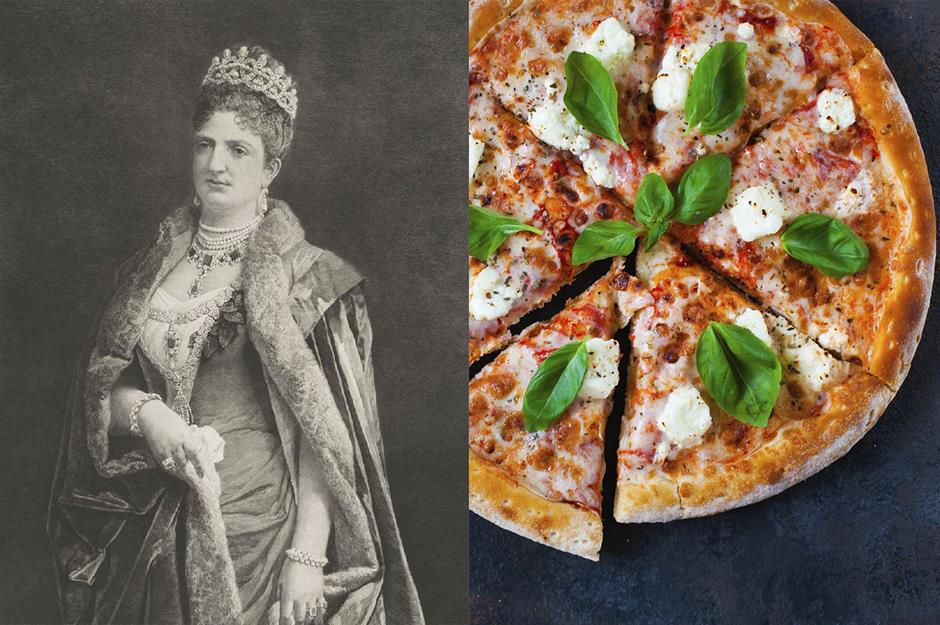
One of the more simple pizzas but one that endures, a margherita is a classic choice. A pizza base topped with basil, cheese and tomato (the colours represent the Italian flag), it was created by Raffaele Esposito, the owner of a pizzeria in Naples, to celebrate Queen Margherita of Savoy’s visit in 1889. It may have existed before, but that is when it became popular.
Now find out surprising facts about America's most popular dishes
Cobb salad
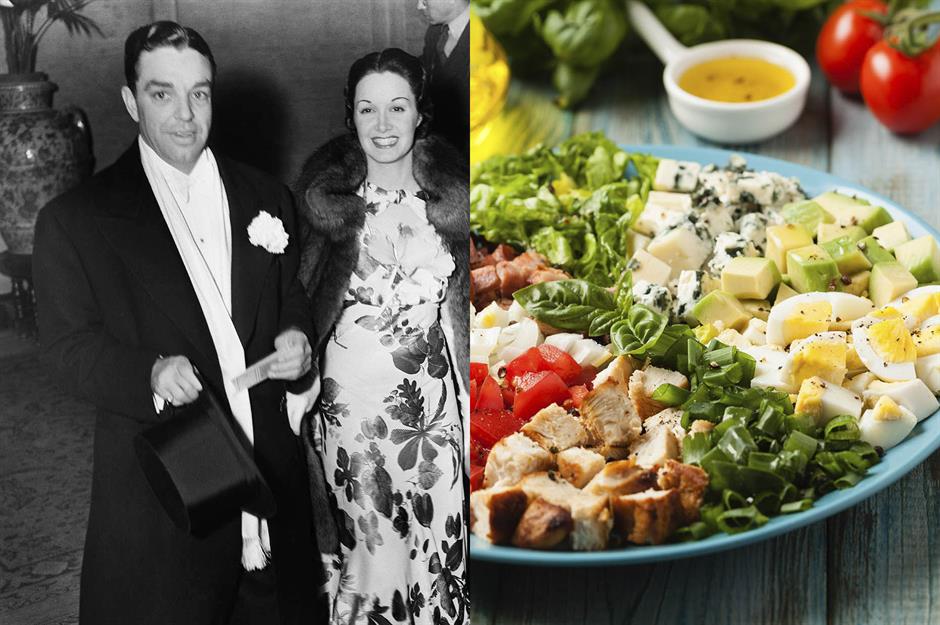
This distinctly American salad – a smorgasbord of avocado, bacon, chicken, hard-boiled egg, tomato and Roquefort (a French blue cheese) – was named after the owner of the Hollywood Brown Derby restaurant chain, Robert Howard Cobb. He was married to actress Gail Patrick, in 1930s Los Angeles.
Bloody Mary
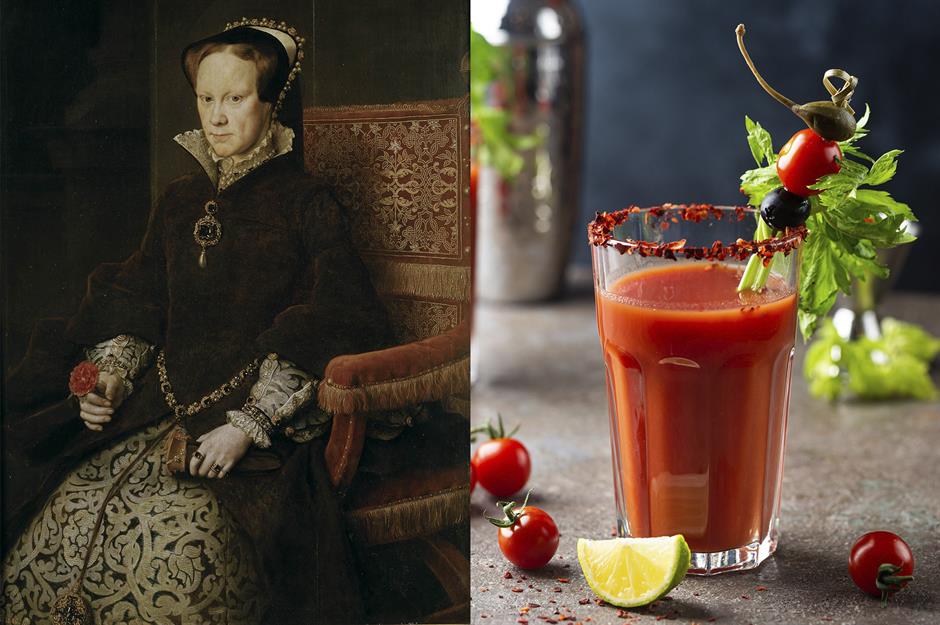
While it’s gruesomely appealing to attribute the name of this spicy vodka and tomato cocktail to the ruthless Catholic queen Mary Tudor (pictured), there are a couple of opposing stories about its name’s origin. Created in the early 20th century (whether it was 1920s Paris or 1930s New York is disputed) by French chef Fernand Petiot, the drink's muse could have also been American actress Mary Pickford or a client’s girlfriend named Mary.
Tarte Tatin
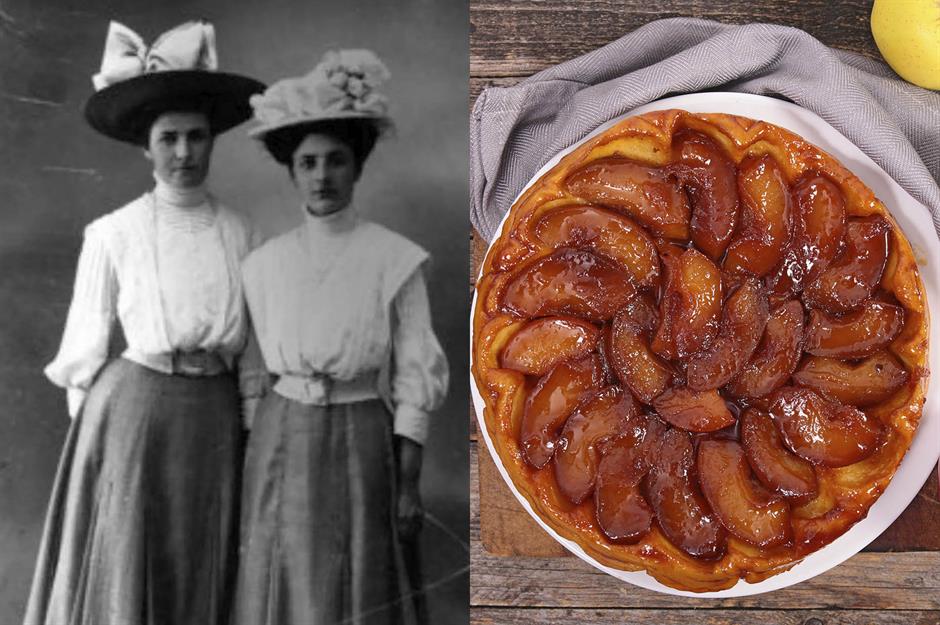
As quintessentially French as Champagne, tarte Tatin was created by accident in the late 19th century, at the Hotel Tatin in Lamotte-Beuvron, France, an establishment run by sisters Stéphanie and Caroline Tatin. The story goes that one day Stéphanie was making apple tart and forgot the pastry, so she tried to rescue it by putting the pastry base on top and flipping it when it came out of the oven.
Discover the truth about how more famous foods and drinks were named
Pavlova
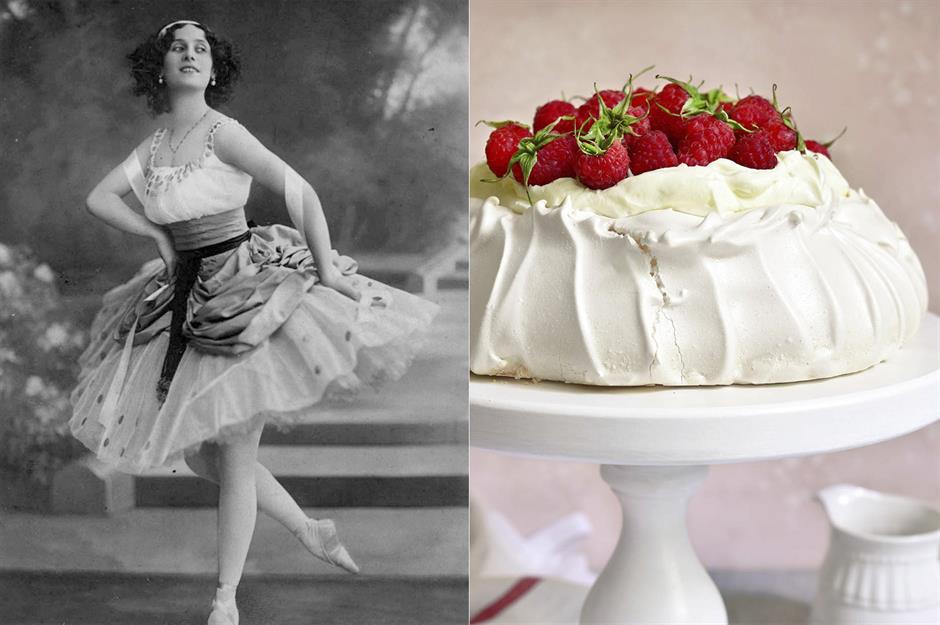
Australians and New Zealanders are still at odds over which country invented the pavlova – in truth it’s likely it was neither and evolved from sugary desserts made in Africa and Europe as early as the 16th century. However, it got its modern name to celebrate the Russian ballet dancer Anna Pavlova during her tour of the two countries in the late 1920s. The large circular meringue topped with whipped cream and fresh fruit is said to resemble Pavlova's tutu.
Now check out these delicious desserts from the decade you were born
Comments
Be the first to comment
Do you want to comment on this article? You need to be signed in for this feature
Most Popular
Reviews 31 unbelievably sugary cereals from around the world